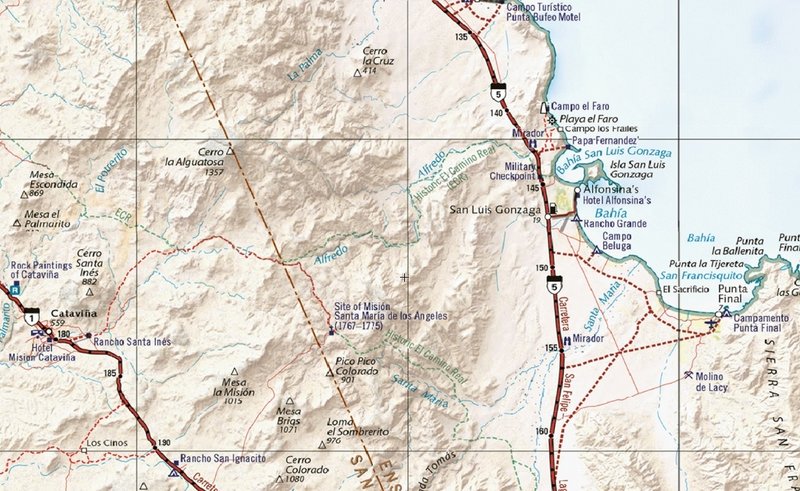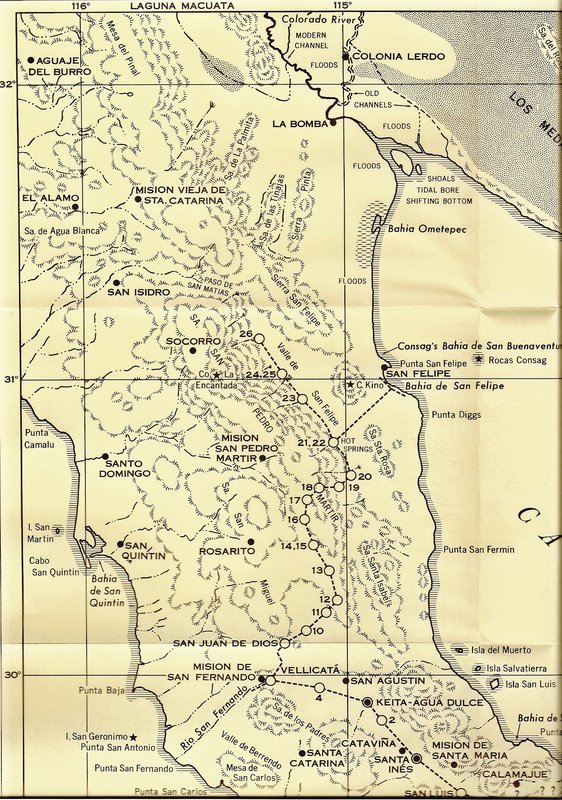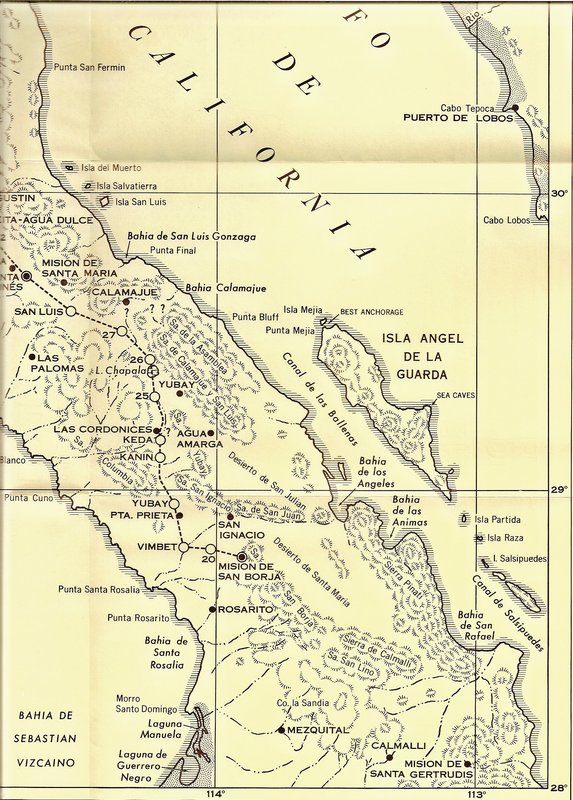
Sachsen.Digital: Itinerarios y derroteros de la Republica Mexicana https://share.google/m4p35qrwVZzoA6Vg7
Vicente Mora mentions yubay on his trip north to San Fernando, don't remember if he mentions San Francisco. I will see if I can find it.
[Edited on 6-27-2025 by Lance S.]



